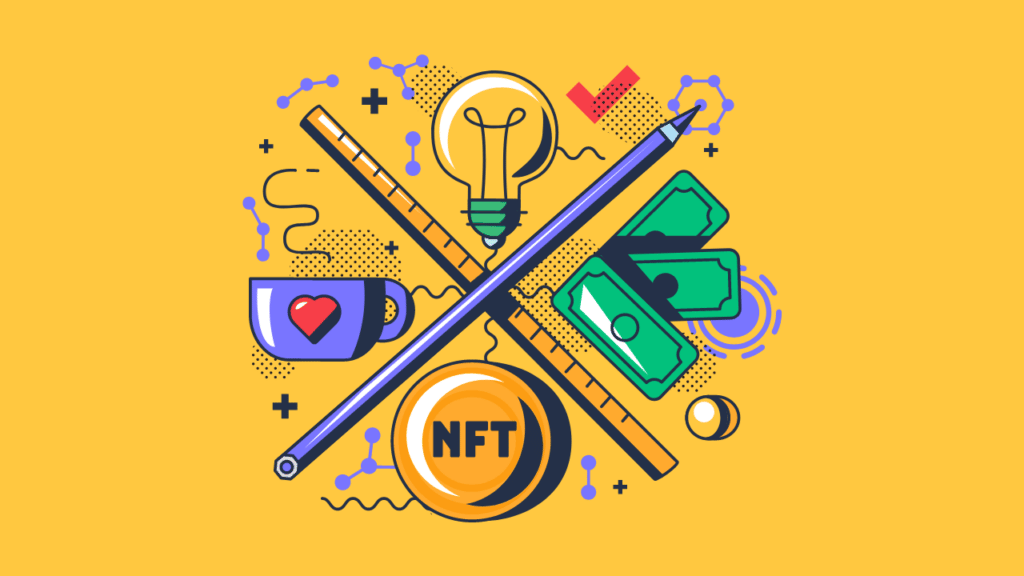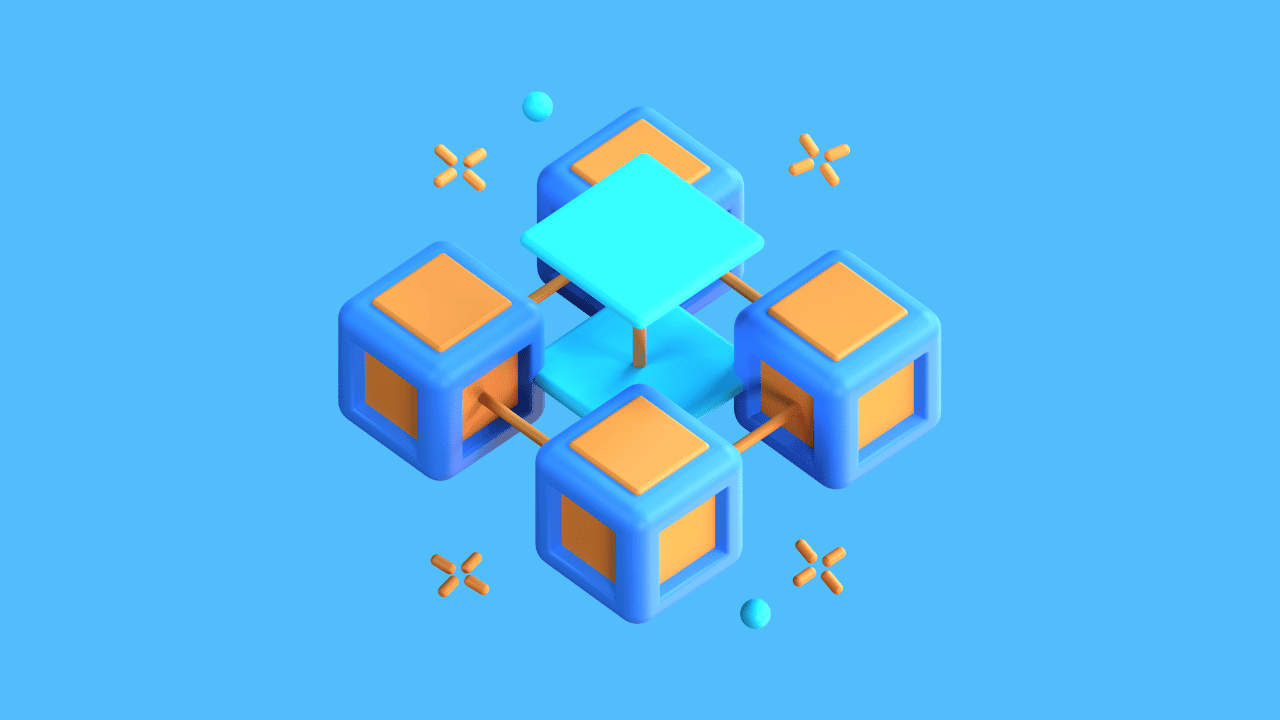The recent surge in popularity of blockchain among developers and businesses stems from its potential to simplify operations, enhance security, and increase visibility. However, the concept has been subject to misunderstandings, leading to a need for clarity on its benefits, applications, and real-world requirements using blockchain development services. This guide aims to demystify blockchain development, exploring its workings, real-life applications, and advantages.
This guide delves into the definition of blockchain, its developmental benefits, the process of crafting blockchain solutions, and more.
What is Blockchain Development?
Blockchain development entails creating a shared, immutable technology distributed across a network. This technology records transactions and tracks assets, both tangible and digital, encompassing monetary values, real estate, and copyrighted material.
Its value across multiple industries lies in its ability to facilitate fast, accurate, and secure information sharing. Whether it’s directives, reports, pricing, presentations, or other data, a blockchain network offers transparent delivery and storage to authorized members.
While blockchain development offers numerous advantages, understanding its intricacies is crucial before harnessing its full potential. This blockchain development guide will illuminate the advantages, benefits, workings, and applications of this technology.
What is Blockchain?
In essence, a blockchain is a digital ledger that leverages cryptography to record transactions and track both tangible and intangible assets. This occurs across a distributed network of computers operating on a peer-to-peer basis.
These transactions, termed blocks, are recorded, duplicated, and stored on each server within the network, with each server identified by a unique connection to the grid.
Unlike traditional databases that store data centrally in a single location, a blockchain operates as a decentralized database managed by multiple participants. This distributed ledger technology (DLT) provides each node in the network with its copy of the ledger.
Anyone can contribute their resources as a server and become part of the network. Any inconsistencies in records are flagged by comparing them against copies maintained by other participants, ensuring data integrity and fostering virtual impenetrability in the documents stored on the blockchain.
The continuous updating of the blockchain ensures a single, accurate, and reliable source of information for all authorized members.
How Does Blockchain Work?
Organizations can leverage blockchain to track and trade virtually anything securely, eliminating the risk of duplicate records or data tampering. Here’s how it works:
Building a Block: A transaction is initiated and broadcasted across the network of nodes. Each node validates the transaction, adhering to the blockchain development guide’s principles for advantages, benefits, workings, and applications.
Upon consensus, the transaction and its associated data are recorded in a block. This information can include details like names, locations, timestamps, values, or any other relevant data, as determined by the application’s requirements (up in your partnership).
Linking Blocks: Each block has a limited capacity for storing information. Once a block is full, a new one is created and linked to the previous block using a unique cryptographic hash. This hash is specific to the data within the block.
Any alteration to the transaction data results in a different hash, making tampering easily detectable. This linking process forms a chain of data blocks, providing a transparent history of the asset’s movement, whether physical or in terms of ownership.
Extending the Chain: All transactions are linked chronologically and permanently, forming the blockchain. Each new block added to the chain undergoes validation by the network using the consensus protocol, ensuring the increases the legitimacy of the entire blockchain.
This process enhances security and prevents fraudulent activities, instilling trust in the accuracy of transaction records among network participants.
Best Applications of Blockchain Development

Blockchain development finds valuable applications across various sectors, including:
- Medical & Healthcare: Enhanced data security and patient privacy; documentation of patient information; fostering trust in clinical research.
- Real Estate & Property Records: Ensuring accurate and tamper-proof records of land and property ownership.
- Finance: Optimizing global payment and tax management, reducing costs, and mitigating money laundering risks.
- Supply Chain: Enabling transparent and reliable tracking of assets from suppliers to consumers.
- Election Process (Votes): Preventing ballot duplication and ensuring election integrity.
Companies like Kiss.Software, established in 2006, exemplify the potential of blockchain development. With a team of over 35 professionals, they specialize in mobile apps, custom software systems, cybersecurity, and blockchain projects, delivering cutting-edge solutions for businesses.
Advantages and Benefits of Utilizing Blockchain Solutions
Both organizations and individual developers can reap significant benefits by adopting blockchain-enabled solutions:
Reduced Costs: Eliminating intermediaries through blockchain streamlines operations, resulting in facilitate faster growth and increased profitability. The consensus mechanism ensures trust and accuracy without relying on third parties, minimizing the need for extensive trade document reviews. These efficiencies contribute to the advantages outlined in the blockchain development guide.
Enhanced Transparency: Transaction validation requires network-wide consensus on the accuracy of associated data, particularly the hash, ensuring legitimacy. Consequently, all network members have access to the immutable history of each transaction recorded on the distributed ledger.
Any attempt to alter a record affects all subsequent blocks, ensuring data accuracy, security, and transparency for every participant.
Improved Speed and Efficiency: Traditional manual processes, like paper documents, spreadsheets, or third-party systems, are time-consuming and prone to errors. Blockchain automates and streamlines these processes, eliminating workflow bottlenecks and ensuring all stakeholders operate with the most up-to-date information from a unified ledger, resulting in significant managing transactional records.
Reduced Risk of Fraud: Tracking transactional history, especially for assets that change hands or locations, can be complex. Blockchain provides immediate access to the complete and immutable record, offering transparency into the history of an asset of an asset. This immutability and transparency act as deterrents against fraudulent activities, bolstering authenticity and trust.
